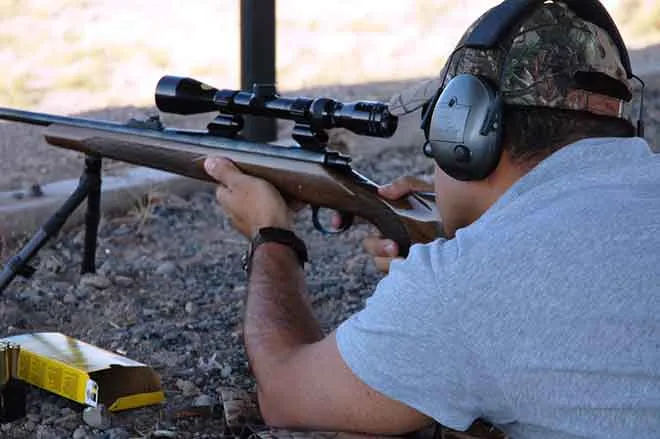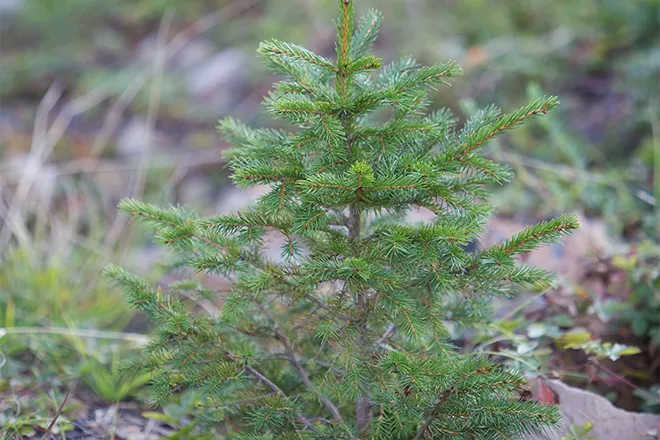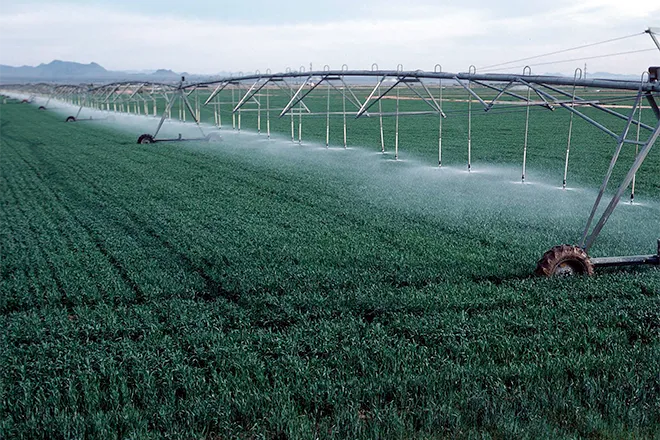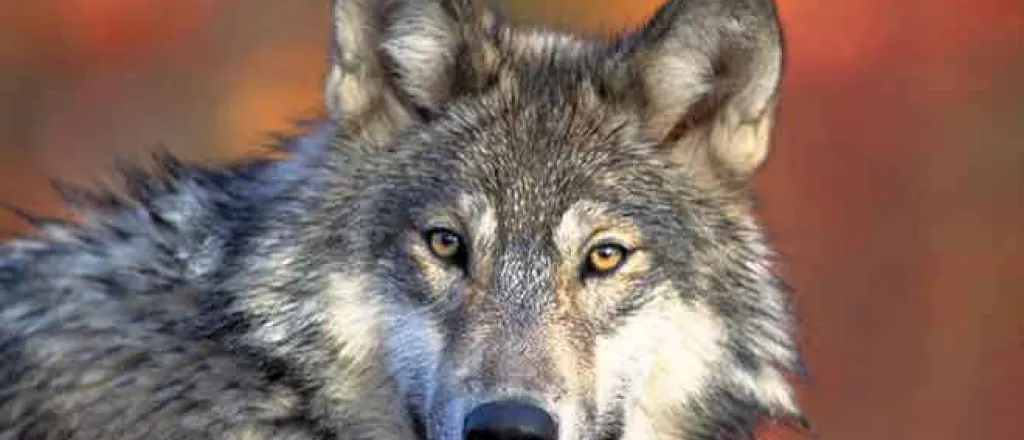
CPW begins operations to reintroduce up to 15 additional gray wolves
Colorado Parks and Wildlife experts kicked off capture operations of gray wolves in British Columbia Friday as part of its 2025 capture season in support of the Colorado Wolf Restoration and Management Plan. The agreement with the B.C. Ministry of Water, Land and Resource Stewardship allows up to 15 wolves to be translocated and released in Colorado this year.
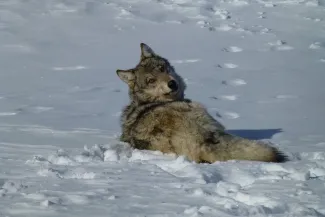
USFWS - public domain
The start of capture operations follows work to adopt a number of wolf-livestock conflict minimization measures, including a range rider program, a definition of chronic depredation, the development of a depredation response operations team, effective non-lethal tools, a site assessment program, a carcass removal program, and a communications plan. Additionally, at the January Parks and Wildlife Commission meeting the Commission adopted the staff recommendation regarding the citizen petition to delay gray wolf restoration. The operation is expected to last up to two weeks.
Ultimately, and in alignment with voter intent with Proposition 114, CPW will recover and maintain a viable, self-sustaining wolf population in Colorado while balancing the need to manage interactions between wolves, people and livestock.
Adding wolves from British Columbia to the existing population in Colorado will increase the likelihood of pairing, breeding and pack formation. Established wolf packs defend territories, which will allow CPW to monitor patterns within a territory and will improve the agency’s ability to collaborate with producers on active behavior and coexistence strategies to best protect livestock.
CPW is managing the funding associated with the capture and transport of the wolves.
- CPW staff will work with biologists from the B.C. Ministry of Water, Land and Resource Stewardship to capture wolves. British Columbia has an abundant gray wolf population, estimated to be in the range of 5,300 to 11,600 animals. They are widely distributed throughout the province and their status is not currently considered to be a conservation concern.
- Wolves will be examined and provided treatment for possible diseases and infections at the source sites.
- Collars will be placed on wolves, which will inform CPW about the behaviors and survival of reintroduced animals.
- Wolves will be transported in crates to Colorado via aircraft.
- Wolves will be released at select sites in Colorado as soon as possible once they arrive in the state to minimize stress on the animals.
- Gray wolves from this area of B.C. do not overlap with areas where livestock are present, so there are no concerns about reintroducing wolves that are from packs that are involved in situations of repeated livestock depredations.
Wolf selection will follow the guidance of the Colorado Wolf Restoration and Management Plan. Animals with major injuries—such as several broken canines, missing eyes, fractured or missing limbs, or mange or lice infection—will not be chosen for reintroduction. This selection process is crucial to ensure the health and adaptability of the reintroduced wolves to their new environment. CPW will not translocate wolves from B.C. that are from packs currently involved in situations of repeated livestock depredations.
Considerations for this year’s releases:
- CPW will share the sex, weight and approximate age of gray wolves translocated from B.C. this year on the Western Slope of Colorado in Garfield, Eagle and/or Pitkin counties. Note, the weight of gray wolves can be misleading as to their size. Factors such as if the wolf has recently eaten, or if it has been a while since it has eaten, can affect the animal's weight by 10 to 15 pounds.
CPW plans to release 10-15 gray wolves on the West Slope per year, for a total of 3 – 5 years, as outlined in the Colorado Wolf Restoration and Management Plan.






